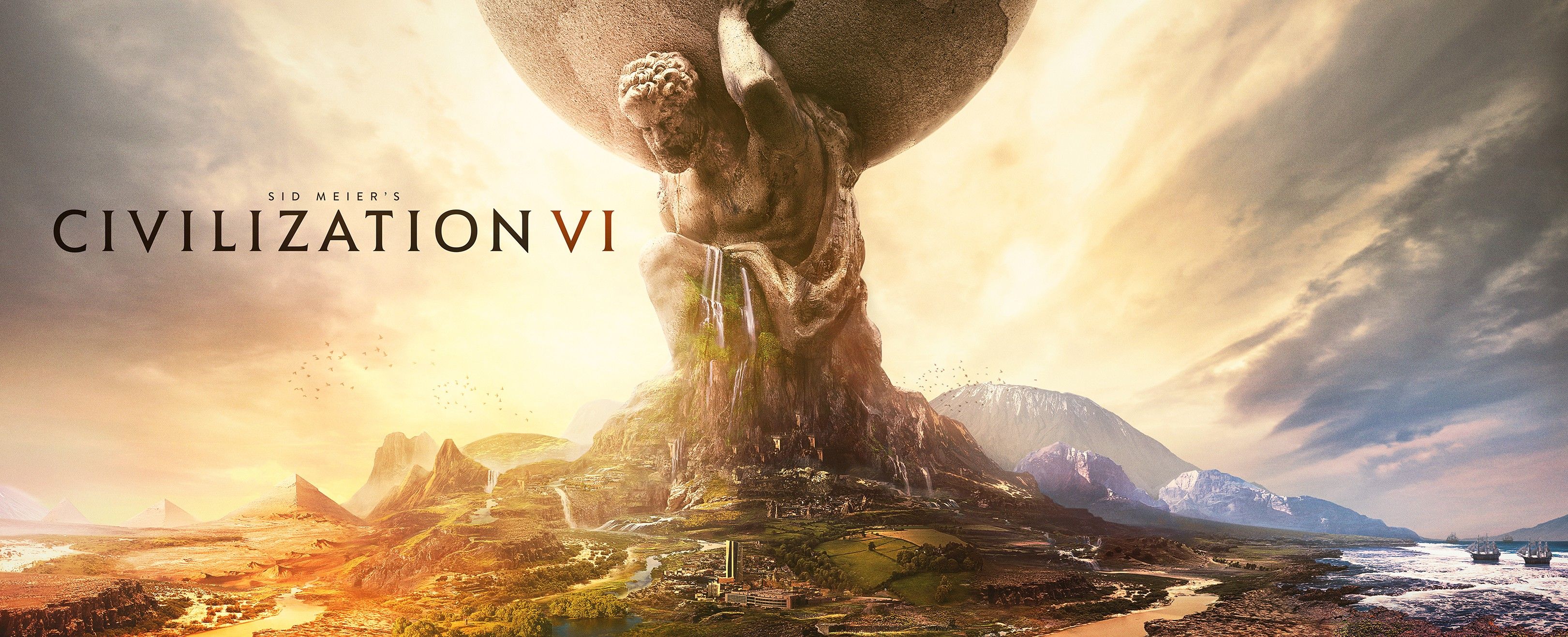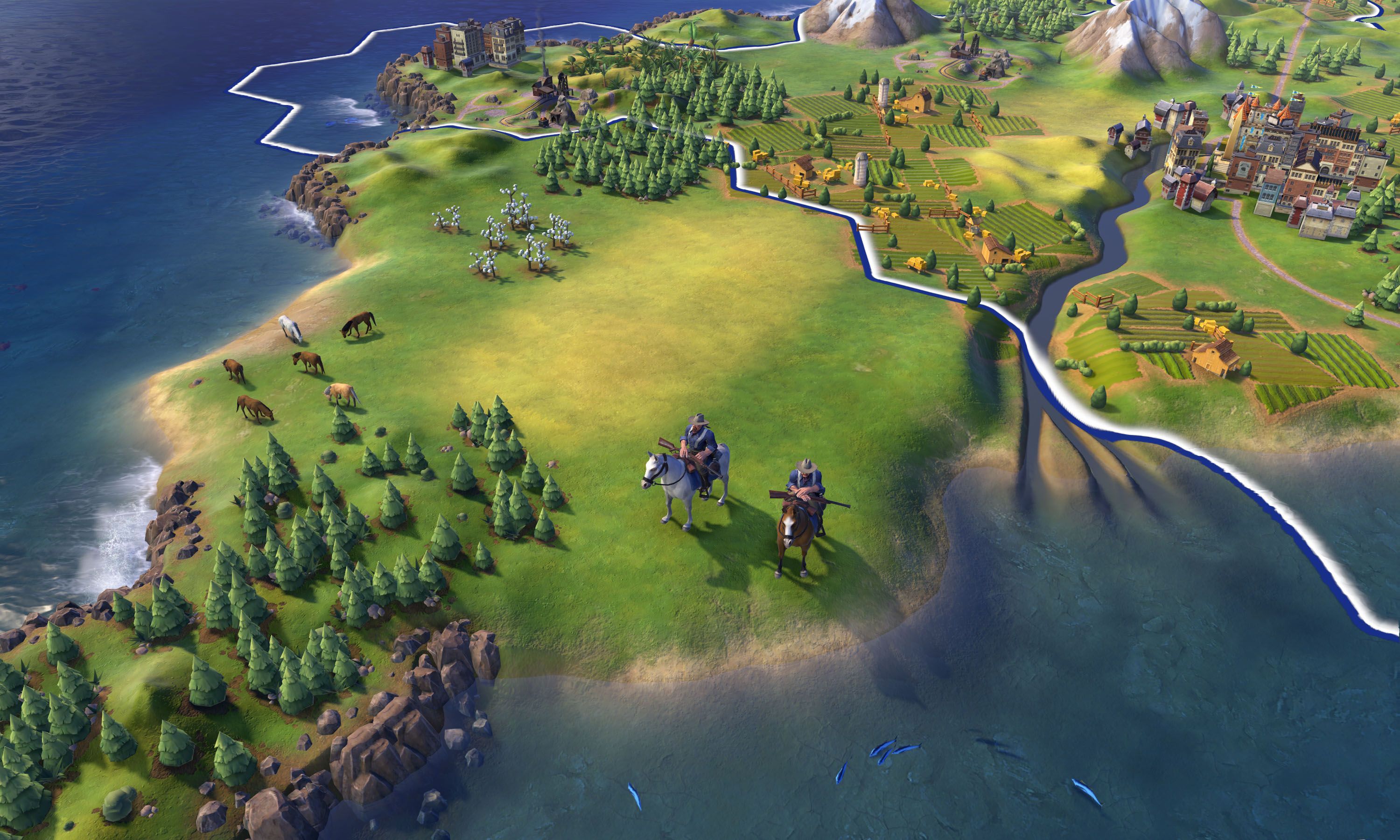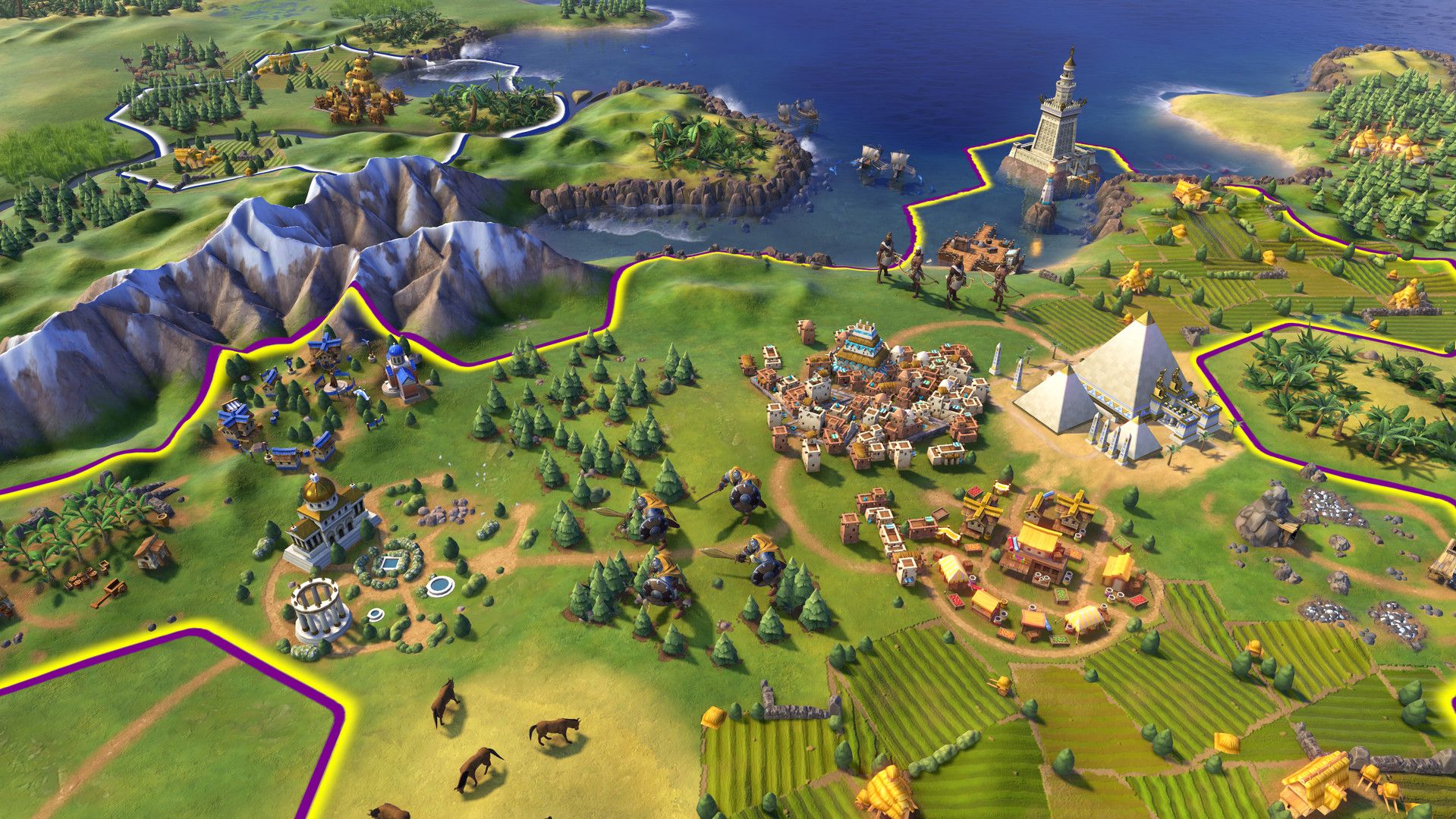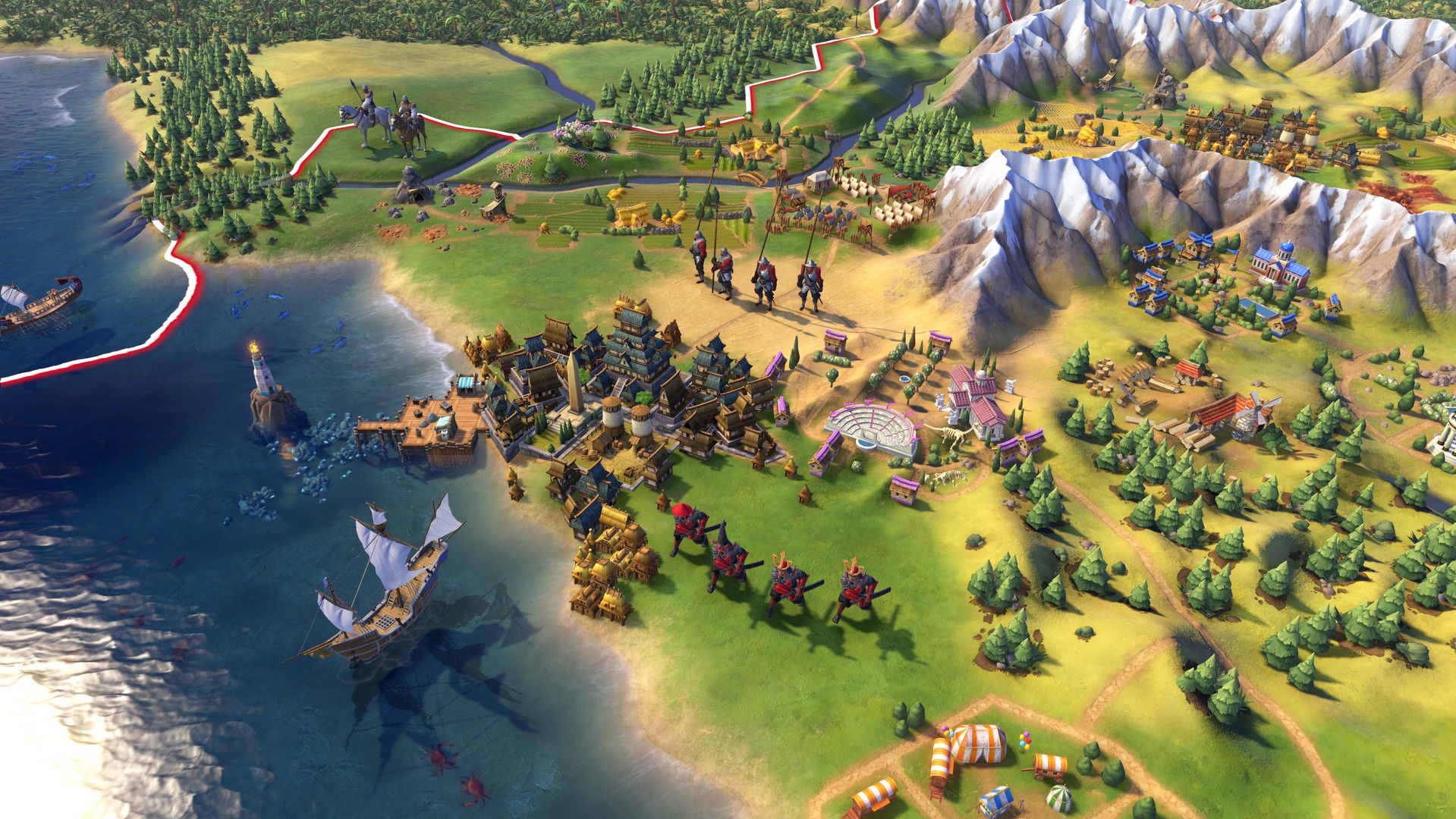The numbered Civilization games have always been about iteration, but the question each time is, "Does this change enough to justify an entirely new game?" With Civilization VI I believe the answer is yes.
This year not only marks the 25 anniversary for the Civilization series, but also the sixth entry in the franchise. With that in mind, prior to the demonstration from Pete Murray of Firaxis Games, we viewed a montage of the Civilization games. Each was distinct from the other, and it is for that reason I think Civilization VI will be worth your time. Not only because its visuals are much improved over Civilization V, but also because of mechanical changes to how you expand your city and shape policy.
Our video basically brought us through the beginning, middle, and end of a normal Civilization game. We founded a city, expanded, grew, and discovered other civilizations on the map. The user interface is still very much like Civilization V, but shows essential information instead of an abundance of text. The fog of war browns out the map, and will shift and change like fire is eating at it when you move. Our civilization was China, and we were a peaceful civ focused on culture and technology.
The standard Civilization strategies were still present, from establishing trade routes between cities, wiping out barbarian camps, entering into partnerships with other civs, in this case Theodore Roosevelt of the American Empire, and going to war with our neighbor Egypt.
While the overall gameplay might sound familiar, the nuances have changed: cities now have districts, which each have their own upgrade. Each district requires a tile, some of which are better suited for a particular district than others. Once placed, the district benefits a portion of the city's growth, whether it be by military might, economic growth, or cultural expansion. For China, they placed a granary which was upgraded with a water mill, as well as a theater district complete with a stage. Great Wonders were also a focus, and each built caused the game to zoom in and watch as the object is built in real time and the day and night cycle ran through its course.
Policy cards change the game in more subtle ways, determining the thrust of your civilization's goal in the overworld. They didn't show this feature for long, as it is expansive and full of descriptive text and strategy. There were four active slots for your different policies, including a wild card option. I'm certain the combinations and intricacies of the policy card system will require a lot of time before players can begin to really get a sense on how it affects the course of the scenario.
The game we observed played out smoothly with both camera shifts and animations for the buildings and units. There is also much more detail than Civilization V. Zooming in on your city you can observe the growth from a cluster of stone houses into a bustling metropolis, dense with your population. Each tile, each district, and each unit can be observed and recognized from both up close and afar, giving the player a good overview on their current status.
Civilization games are something that requires a lot of time to be sunk in before you can truly begin to understand the new features and concepts implemented, which makes it tough to give a in-depth video presentation. While the one shown was a good overview for whats changed, to both civ veterans and new players, I am unsure if Civilization VI will address the mid-game slump, or the long loading when multiple civilizations have expanded to cover the large overworld. Despite those reservations I am looking forward to diving into this numbered Civilization game and seeing everything, big and small, that has been tweaked.




